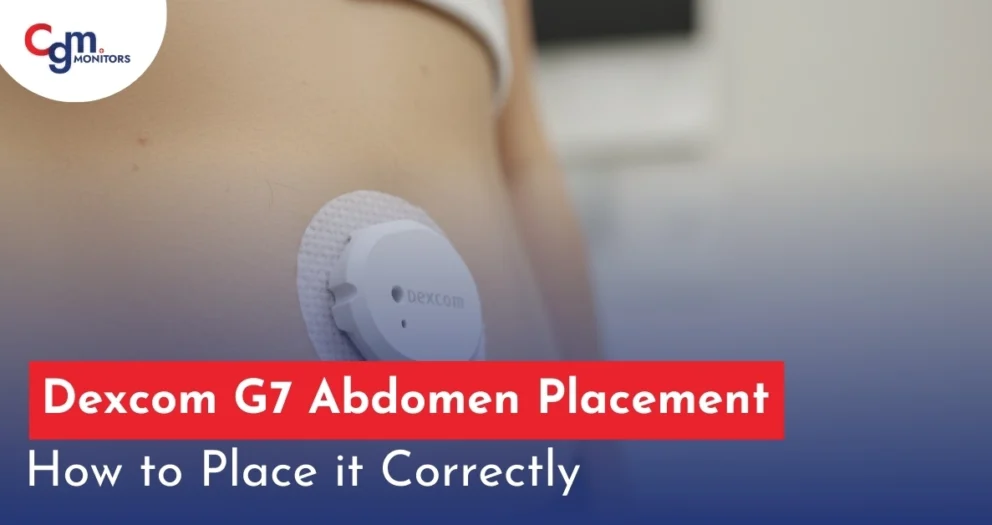Table of content
Navigating the regulatory landscape of medical devices in the United States can be complex. When discussing ‘FDA clearance vs FDA approval’, there lies a basic difference, the understanding of which is crucial for medical device manufacturers aiming to bring their products to market.
What Is FDA Clearance vs FDA Approval?
FDA Clearance: Applied primarily to Class I and Class II medical devices, manufacturers of these devices must submit a 510(k) Premarket Notification to prove that their device is “considerably equivalent” to a legal device already available in the market. If the FDA agrees, the device is known as ‘FDA cleared’ and is cleared for marketing. For example, the Freestyle Libre 3 Plus sensors are cleared by the FDA.
FDA Approval: This is required for Class III devices, which are considered high-risk. Manufacturers must submit a Premarket Approval (PMA) application, providing valid scientific evidence, often from clinical trials, to establish that the device is safe and effective for its intended use, e.g., the Eversense 365 days sensor has been approved by the FDA.
FDA Medical Device Classification and Requirements
Based on risk, the FDA has classified medical devices into three categories:
| Device Class | Risk Level | FDA Requirement | Examples |
| Class I | Low | General Controls | Bandages, Examination Gloves |
| Class II | Moderate | 510(k) Clearance | Infusion Pumps, Pregnancy Test Kits |
| Class III | High | PMA Approval | Pacemakers, Breast Implants |
Some devices, such as CGM Systems, depending on certain factors, may be approved or cleared by the FDA.
Note: Some Class I and Class II devices are exempt from 510(k) requirements.
Documents Required for Medical Device Clearance/Approval
The FDA has divided medical devices into 3 classes, depending on the type of medical device, manufacturers need to submit documents for clearance or approval:
Class I Devices
General Controls: All manufacturers must follow labelling, manufacturing, and record-keeping requirements. Most are exempt from 510(k) submissions.
Class II Devices
1: 510(k) Premarket Notification: Includes:
- Statement of Indications for Use
- 510(k) Summary or Statement
- Truthful and Accurate Statement
- Proposed Labeling
- Specifications
- Substantial Equivalence Comparison
- Performance Testing Data
- Class III Devices
2: Premarket Approval (PMA): Requires:
- Clinical and non-clinical study data
- Manufacturing information
- Proposed labeling
- Risk analysis
- Post-market surveillance plans
Alternative Pathways
De Novo Classification: For devices that do not already exist in the market (novel medical devices), manufacturers must provide sufficient evidence of safety and effectiveness.
Stages of Medical Device Approval/Clearance
The FDA’s process involves several key stages:
- Device Discovery and Concept: Identifying a medical need that has not already been met and conceptualising a solution.
- Preclinical Research: Conducting laboratory and animal testing to assess safety.
- Pathway to Approval: Determining the appropriate regulatory pathway (510(k), PMA, etc.).
- FDA Device Review: FDA evaluates submitted data to make a regulatory decision.
- Post-Market Surveillance: Monitoring device performance and safety once on the market.
Conclusion:
The difference between FDA cleared and FDA approved lies in the class of medical device – the lesser risk devices fall under class 1 or 2 and may receive FDA clearance, while devices under class 3, which fall under higher risk class receive FDA approvals. When discussing FDA clearance vs approval for medical devices in the USA, the process depends on the risk level of the device. Class I devices are low-risk and typically exempt from additional clearance. Class II devices, with moderate risk, require 510(k) clearance to demonstrate substantial equivalence to existing devices. Class III devices, being high-risk, need PMA approval based on clinical evidence. Additionally, the De Novo classification provides a pathway for new devices without an existing counterpart, offering an alternative route for FDA clearance or approval.
Disclaimer: This blog is for informational purposes only and should not be considered equivalent to a legal document/advice.







Write a comment
Your email address will not be published. All fields are required